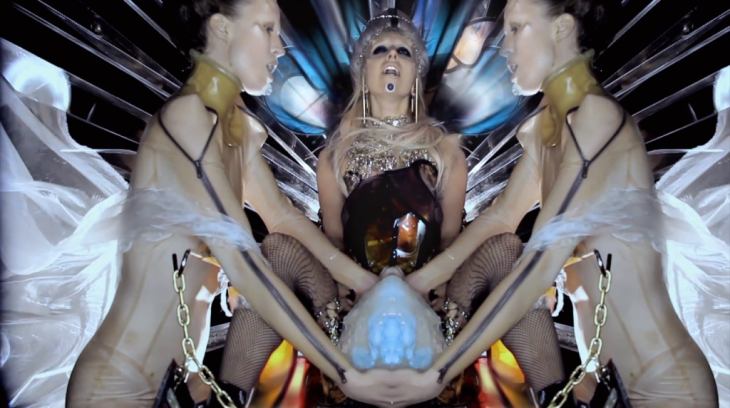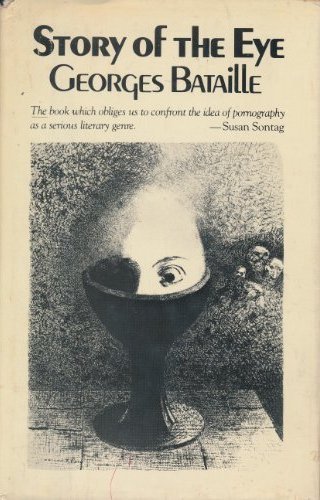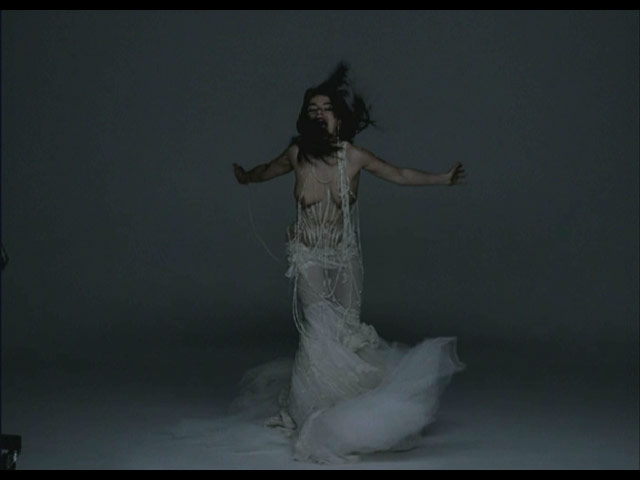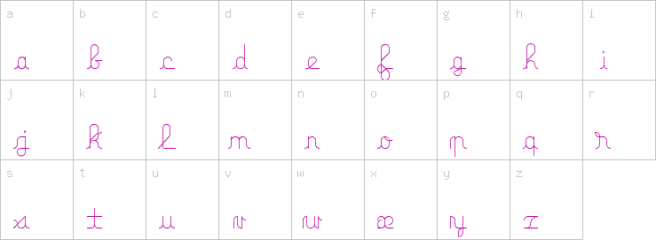“On a sad Sunday with a hundred white flowers,
I was waiting for you, my dear, with a church prayer,
That dream-chasing Sunday morning,
The chariot of my sadness returned without you.
Ever since then, Sundays are always sad,
tears are my drink, and sorrow is my bread…
Sad Sunday.
Last Sunday, my dear, please come along,
There will even be priest, coffin, catafalque, hearse-cloth.
Even then flowers will be awaiting you, flowers and coffin.
Under blossoming (flowering in Hungarian) trees my journey shall be the last.
My eyes will be open, so that I can see you one more time,
Do not be afraid of my eyes as I am blessing you even in my death…
Last Sunday.”
Translation of László Jávor’s lyrics
 Bjork performs Gloomy Sunday at at memorial service for Alexander McQueen. Björk emerged from behind the heavy swagged cathedral curtains, resplendent in a fragile, winged silver and grey McQueen stage costume, the like of which St Paul’s has surely never seen before, even in half a millennium. It gave her the appearance of a butterfly who had got halfway through emerging from a chrysalis and then changed her mind.
Bjork performs Gloomy Sunday at at memorial service for Alexander McQueen. Björk emerged from behind the heavy swagged cathedral curtains, resplendent in a fragile, winged silver and grey McQueen stage costume, the like of which St Paul’s has surely never seen before, even in half a millennium. It gave her the appearance of a butterfly who had got halfway through emerging from a chrysalis and then changed her mind.
Gloomy Sunday, also known as the Hungarian Suicide Song, is a song composed by Hungarian pianist and composer Rezső Seress and published in 1933.The original lyrics were titled Vége a világnak (The world is ending) and were a set of lyrics about despair caused by war, and ending in a quiet prayer about the people’s sins. Poet László Jávor wrote his own lyrics to the song, titled Szomorú vasárnap (Sad Sunday), in which the protagonist wants to commit suicide following his lover’s death. The latter lyrics ended up becoming more popular while the former were essentially forgotten. The song was first recorded in Hungarian by Pál Kalmár in 1935.
The song was published as sheet music in late 1933, with lyrics by poet László Jávor, who was inspired by a recent break-up with his fiancée. According to most sources, Jávor rewrote the lyrics after the song’s first publication, although he is sometimes described as the original writer of its words. His lyrics contained no political sentiments, but rather were a lament for the death of a beloved and a pledge to meet with the lover again in the afterlife. This version of the song became the best known, and most later rewritings are based around the idea of lost love.
Gloomy Sunday was first recorded in English by Hal Kemp in 1936, with lyrics by Sam M. Lewis, and was recorded the same year by Paul Robeson, with lyrics by Desmond Carter. It became well-known throughout much of the English-speaking world after the release of a version by Billie Holiday in 1941. Lewis’s lyrics referred to suicide, and the record label described it as the Hungarian Suicide Song. There is a recurring urban legend which claims that many people committed suicide while listening to this song.







































